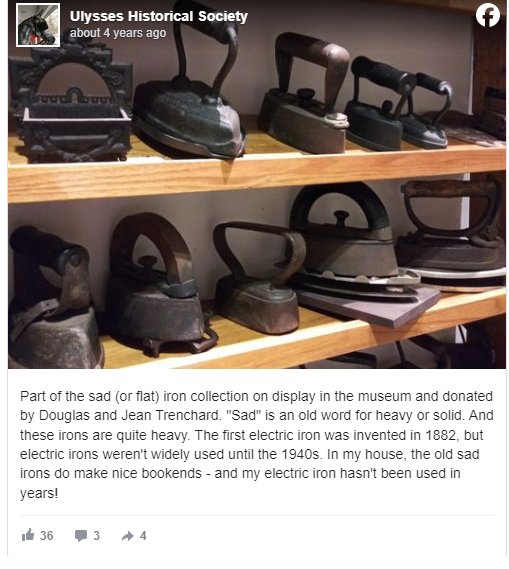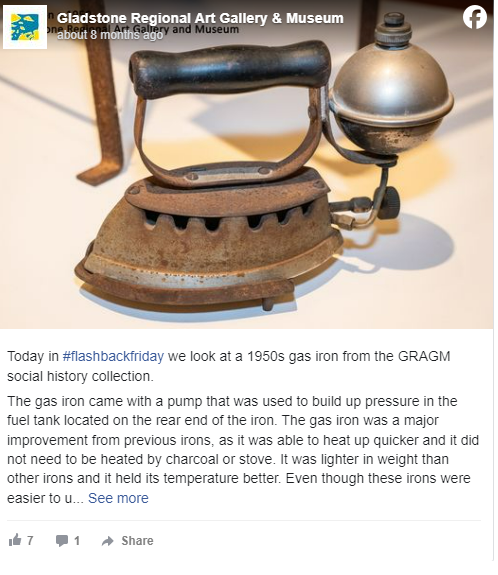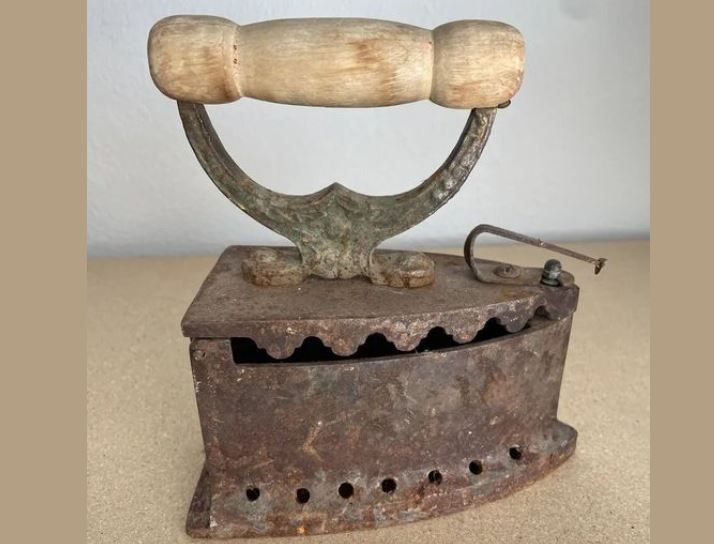When you think of ironing, you probably imagine a sleek, modern appliance with advanced temperature controls. However, the history of ironing is rich and fascinating, with early irons relying on charcoal for heat.
One such antique iron holds a remarkable secret. At first glance, it appears to be a simple, handheld device. But look closer, and you’ll discover a cleverly designed compartment for burning charcoal. This ingenious feature allowed users to generate heat and smooth out wrinkles with ease.

Before the widespread use of electricity, charcoal irons were a staple in many households. Users would load burning coal into the iron’s compartment, and as the coal burned, it would heat the iron’s soleplate. This simple yet effective design made ironing a more manageable task.

The evolution of ironing technology is a story of innovation and progress. From using heavy objects heated over open flames to the development of charcoal irons, each breakthrough improved the efficiency and effectiveness of the ironing process.

The charcoal iron’s clever design allowed for a consistent and regulated heat source. The hollow shape of the iron housed the burning charcoal, ensuring a steady supply of heat. The wooden handle remained cool to the touch, making it comfortable for users to hold during the ironing process.

The transition to charcoal irons simplified domestic life, freeing up time for other essential activities. The improved efficiency, perfect pressing results, and reduced physical strain made ironing a more manageable task.
As technology continued to advance, electric irons replaced charcoal irons, offering a simpler, safer, and more immediate heat source. Today, we enjoy the convenience of modern irons, but it’s fascinating to look back at the ingenious designs of the past.

The charcoal iron may seem like a relic of the past, but it holds a special place in the history of ironing. Its clever design and effective heat source made it an essential tool for households around the world.


